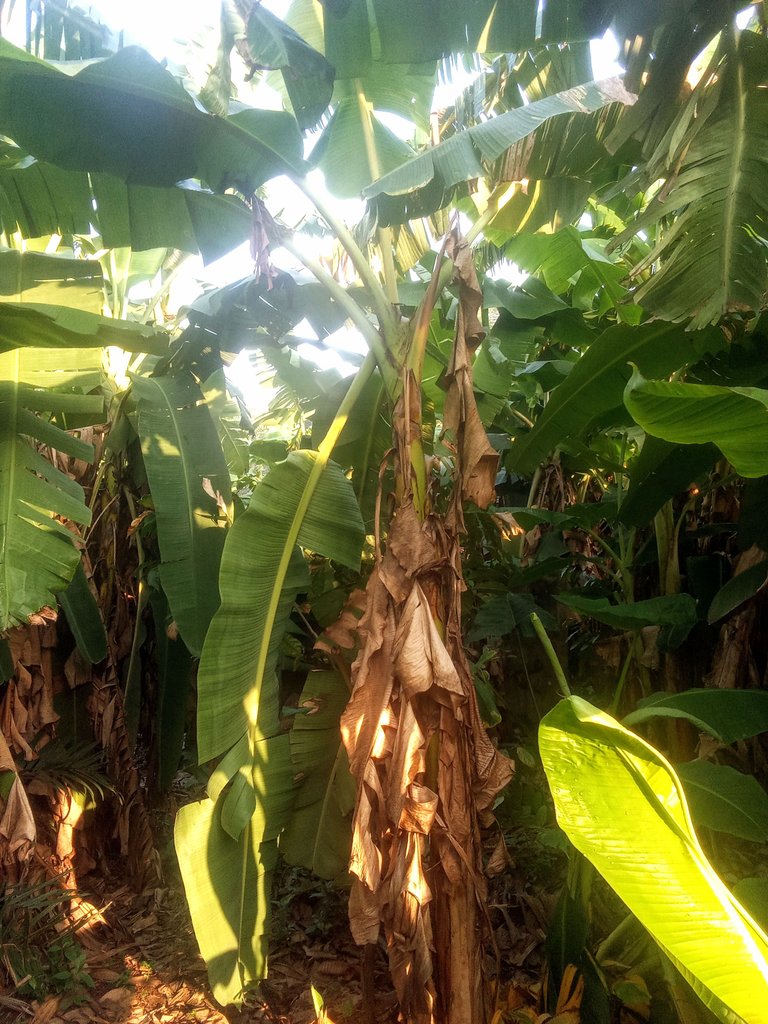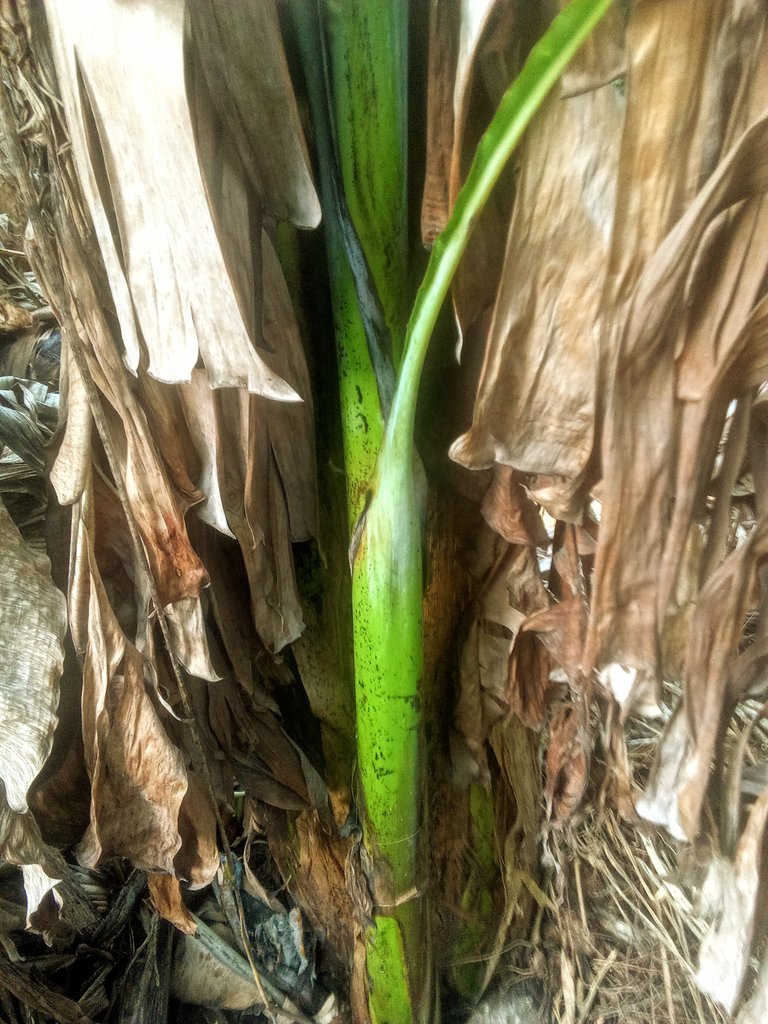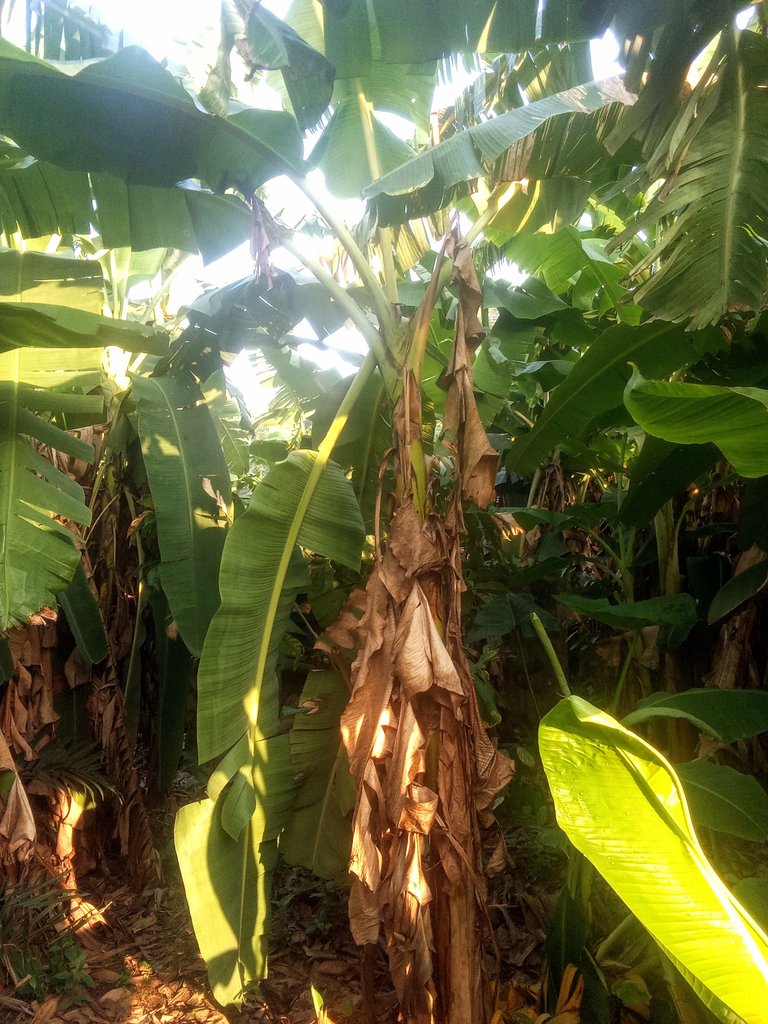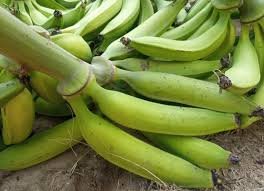
Hello, Ecency Community! 👋 Welcome to another insightful post on farming and agribusiness. Today, we’ll be diving into how to start a successful plantain plantation—a highly profitable and sustainable venture. If you’re looking to invest in agribusiness, plantain farming is a great choice!
Before we begin, kindly upvote this post to support the community and encourage more farming-related content. Also, feel free to drop a comment or reblog to reach more people! 🚀
Step 1: Choose a Suitable Location
Plantains grow best in warm, humid climates with:
✅ Temperatures of 25°C–30°C
✅ Well-distributed rainfall (1000mm–2500mm annually)
✅ Loamy or sandy-loam soil, rich in organic matter and well-drained
Step 2: Land Preparation
Clear the land by removing weeds, stumps, and debris. Avoid burning to maintain soil fertility.
Plough and harrow the soil to loosen it for better root penetration.
Create ridges or mounds if your area has heavy rainfall to prevent waterlogging.
Step 3: Select Quality Planting Materials
Choose sword suckers (young plantain plants) from disease-free parent plants. These produce higher yields than water suckers.

Tip: Always source suckers from reputable farms or research institutes.
If you’re finding this guide helpful so far, don’t forget to upvote and show some love! 💙🌍
Step 4: Planting Process
📌 Spacing: 2.5m x 2.5m (about 1600 plants per hectare)
📌 Planting Depth: Dig holes 30–40cm deep
📌 Positioning: Place the sucker upright and cover the base with soil
📌 Mulching: Use dry leaves or grass to retain moisture and control weeds

Step 5: Fertilization and Soil Management
To boost growth and yield:
🌿 Apply organic manure (compost, poultry droppings) during planting
🌿 Use NPK fertilizer (15:15:15) and potassium-rich fertilizer for fruiting
🌿 Conduct regular soil tests to adjust nutrient application
Step 6: Weed and Pest Control
Weeding: Use manual weeding or mulching. Avoid excessive herbicides.
Pest Control: Prevent nematodes and weevils with neem extract or organic pesticides.
Disease Management: Avoid black sigatoka and bacterial wilt by planting resistant varieties and rotating crops.
Engaging Content Tip: If you’d love more posts on organic pest control, comment below! Also, don’t forget to upvote if you’re enjoying this guide. 🚀
Step 7: Irrigation (If Necessary)
💧 If rainfall is low, set up drip irrigation or water weekly to maintain moisture.
Step 8: Harvesting and Post-Harvest Handling
🍌 Harvest after 8–10 months when fruits are full-sized but firm and green.
🍌 Store in a cool, dry place or process into flour, chips, or other value-added products.
Step 9: Marketing and Sales
📈 Sell to local markets, supermarkets, and wholesalers.
🌍 Explore export opportunities if permitted.
💻 Use social media and e-commerce platforms for wider reach.

Final Thoughts
Plantain farming is a lucrative and sustainable agribusiness when managed properly. With good land preparation, quality suckers, pest control, and effective marketing, you can build a successful plantation!
✅ If you found this post valuable, please UPVOTE, COMMENT, and REBLOG to help more people discover this information. 🚀
Let’s grow together! 🌱💚
Tags:
#PlantainFarming #Agribusiness #Farming #GreenPlanet #SustainableAgriculture #Agriculture #EcoFriendly #FoodProduction #FarmingSuccess #Ecency
Congratulations @investoedia! You have completed the following achievement on the Hive blockchain And have been rewarded with New badge(s)
Your next target is to reach 200 upvotes.
You can view your badges on your board and compare yourself to others in the Ranking
If you no longer want to receive notifications, reply to this comment with the word
STOP@mattsanthonyit please curate